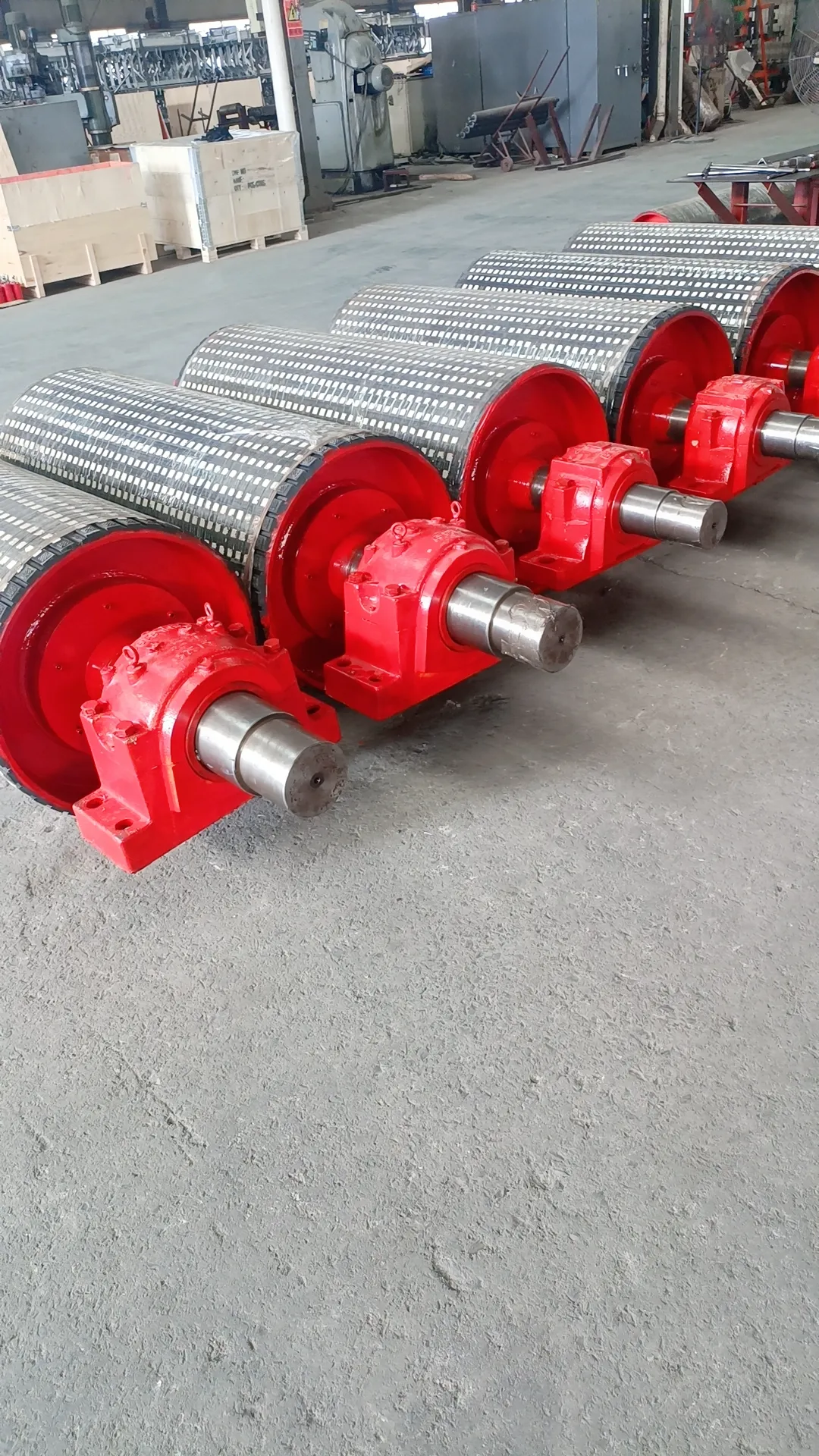 Afrikaans
Afrikaans  Albanian
Albanian  Amharic
Amharic  Arabic
Arabic  Armenian
Armenian  Azerbaijani
Azerbaijani  Basque
Basque  Belarusian
Belarusian  Bengali
Bengali  Bosnian
Bosnian  Bulgarian
Bulgarian  Catalan
Catalan  Cebuano
Cebuano  Corsican
Corsican  Croatian
Croatian  Czech
Czech  Danish
Danish  Dutch
Dutch  English
English  Esperanto
Esperanto  Estonian
Estonian  Finnish
Finnish  French
French  Frisian
Frisian  Galician
Galician  Georgian
Georgian  German
German  Greek
Greek  Gujarati
Gujarati  Haitian Creole
Haitian Creole  hausa
hausa  hawaiian
hawaiian  Hebrew
Hebrew  Hindi
Hindi  Miao
Miao  Hungarian
Hungarian  Icelandic
Icelandic  igbo
igbo  Indonesian
Indonesian  irish
irish  Italian
Italian  Japanese
Japanese  Javanese
Javanese  Kannada
Kannada  kazakh
kazakh  Khmer
Khmer  Rwandese
Rwandese  Korean
Korean  Kurdish
Kurdish  Kyrgyz
Kyrgyz  Lao
Lao  Latin
Latin  Latvian
Latvian  Lithuanian
Lithuanian  Luxembourgish
Luxembourgish  Macedonian
Macedonian  Malgashi
Malgashi  Malay
Malay  Malayalam
Malayalam  Maltese
Maltese  Maori
Maori  Marathi
Marathi  Mongolian
Mongolian  Myanmar
Myanmar  Nepali
Nepali  Norwegian
Norwegian  Norwegian
Norwegian  Occitan
Occitan  Pashto
Pashto  Persian
Persian  Polish
Polish  Portuguese
Portuguese  Punjabi
Punjabi  Romanian
Romanian  Russian
Russian  Samoan
Samoan  Scottish Gaelic
Scottish Gaelic  Serbian
Serbian  Sesotho
Sesotho  Shona
Shona  Sindhi
Sindhi  Sinhala
Sinhala  Slovak
Slovak  Slovenian
Slovenian  Somali
Somali  Spanish
Spanish  Sundanese
Sundanese  Swahili
Swahili  Swedish
Swedish  Tagalog
Tagalog  Tajik
Tajik  Tamil
Tamil  Tatar
Tatar  Telugu
Telugu  Thai
Thai  Turkish
Turkish  Turkmen
Turkmen  Ukrainian
Ukrainian  Urdu
Urdu  Uighur
Uighur  Uzbek
Uzbek  Vietnamese
Vietnamese  Welsh
Welsh  Bantu
Bantu  Yiddish
Yiddish  Yoruba
Yoruba  Zulu
Zulu Understanding the Role of Snub Pulleys in Belt Conveyor Systems
Understanding Snub Pulleys in Belt Conveyors
Belt conveyors are ubiquitous in various industries, serving as essential systems for material handling. They consist of a belt that loops around a series of pulleys, effectively transporting materials from one point to another. Among the various components of a belt conveyor, the snub pulley plays a critical role. In this article, we will explore what snub pulleys are, their functions, and their importance in the efficient operation of belt conveyors.
What is a Snub Pulley?
A snub pulley, sometimes referred to as a snub roller, is a type of pulley that is not only used for the directional change of the belt but also for increasing the belt's wrap angle around a drive pulley. Typically located near the drive pulley, the snub pulley is positioned at an angle to the belt and is used to ensure that the belt adheres sufficiently to the drive pulley, thereby enhancing the transmission of power from the drive motor to the belt.
Function of the Snub Pulley
The primary functions of a snub pulley include
1. Increasing Belt Wrap Angle One of the fundamental functions of a snub pulley is to increase the wrap angle of the belt around the drive pulley. A larger wrap angle provides better friction and grip between the belt and the pulley, which is essential for effective power transmission. This increased contact area reduces slippage and enhances the overall system performance.
2. Maintaining Tension The snub pulley helps maintain optimal tension in the conveyor belt. Proper tension is vital to ensure the belt operates smoothly and effectively without excessive wear or risk of damage. By adjusting the position of the snub pulley, operators can control the tightness of the belt and prevent issues such as sagging or misalignment.
3. Facilitating Direction Change Snub pulleys are often used in belt systems that require a change in direction. By guiding the belt around corners or curves, the snub pulley helps maintain a steady and controlled flow of materials.
snub pulley in belt conveyor

4. Reducing the Risk of Skidding A well-placed snub pulley helps ensure that the belt does not skid or slip off the pulleys during operation. This is particularly crucial in heavy-load applications, where the risk of slippage can lead to process interruptions or damage to the conveyor.
Importance of Snub Pulleys
The significance of snub pulleys in the overall functionality of belt conveyors cannot be overstated. They contribute to several key aspects of conveyor performance
- Efficiency By maximizing the belt’s contact with the drive pulley, snub pulleys improve the efficiency of power transfer. This efficiency translates into lower energy consumption and reduced operational costs.
- Durability Properly tensioned conveyor belts with strategically placed snub pulleys experience less wear and tear. This longevity means that both the belts and pulleys can have extended service lives, reducing maintenance costs and downtime.
- Safety A well-maintained belt conveyor system with effective snub pulleys is safer for operators and the surrounding environment. Reduced slippage and proper belt alignment minimize the risk of material spills and accidents.
- Flexibility Snub pulleys enable the design of more versatile conveyor systems. They can help accommodate various layout designs in facilities, allowing for efficient routing of materials in confined spaces.
Conclusion
In summary, snub pulleys are integral components of belt conveyor systems, playing a pivotal role in enhancing performance, efficiency, and safety. Their ability to increase the wrap angle of the belt around the drive pulley, maintain proper tension, and facilitate direction changes makes them indispensable in the field of material handling. As industries continue to innovate and develop more complex conveyor systems, the importance of understanding and optimizing the role of snub pulleys will only grow, highlighting the critical balance between engineering design and operational effectiveness.
-
Revolutionizing Conveyor Reliability with Advanced Rubber Lagging PulleysNewsJul.22,2025
-
Powering Precision and Durability with Expert Manufacturers of Conveyor ComponentsNewsJul.22,2025
-
Optimizing Conveyor Systems with Advanced Conveyor AccessoriesNewsJul.22,2025
-
Maximize Conveyor Efficiency with Quality Conveyor Idler PulleysNewsJul.22,2025
-
Future-Proof Your Conveyor System with High-Performance Polyurethane RollerNewsJul.22,2025
-
Driving Efficiency Forward with Quality Idlers and RollersNewsJul.22,2025





























